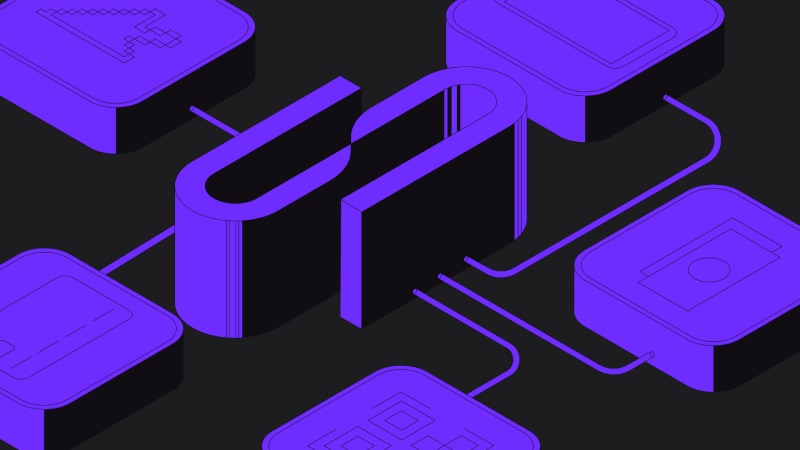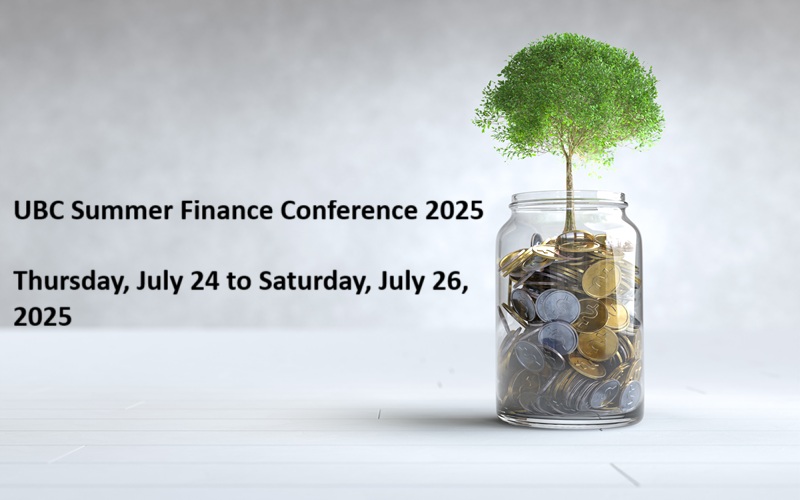In terms of innovation, consumer-to-business (C2B) and consumer-to-consumer (C2C) payment technologies are currently leading the way against business-to-business (B2B) alternatives. For example, PayPal payments can be made in real-time, while business-to-business payments can take days or even weeks. While protracted payments mostly occur when steps are taken to ensure the safety of all parties, many merchants awaiting payment may find this exacerbated. Customers also have to wait for payments from companies, such as refunds, because their accounting departments can only send payments periodically, such as once a month.
Around three in five (58%) businesses in the UK owe money due to late payments from other businesses. Additionally, 93% of businesses regularly have late payments, and although the average expected lead time is 27 days, most payments take an average of 34 days or more. This becomes a concern for the average trader, who writes off about 1.5% of their receivables, and these losses can be enough to put businesses on the brink of bankruptcy or bankruptcy.
In addition to supply chain issues, labor issues, the continuing COVID-19 pandemic and escalating inflation, late payments and low margins have all contributed to sluggish growth. in many developed economies. If businesses have that extra 1.5% to reinvest or stay afloat – instead of waiting months – they can put themselves and the economy at large on the path to recovery.
Deploying C2B technology in B2B payments
As the payments industry splits into two completely different camps, a lot of innovation is needed to move from C2B payments to the B2B space. For example, with C2B payment technology, accounting or payments professionals facing late B2B payments can order products from e-commerce sites on terms that work for them. Additionally, C2B payment methods, including Buy Now Post Pay (BNPL) and virtual cards, have recently been made available to customers, and real-time payments have become the norm in C2B and C2C payments. for over a decade.
Meanwhile, B2B payments still need more growth. In 2021, the B2B payments market is worth $49 trillion and is expected to exceed $54 trillion this year. While this single-digit average growth sounds promising, it still reflects a “slow recovery in business activity following the impact of the COVID-19 pandemic.”
That’s why we need to consider the importance of these technologies for driving change and how they can work in a B2B environment:
Overcoming cash flow obstacles
Despite the special importance of cash flow to a business, money in and out systems are not designed to optimize it, especially in a card environment. Buyers can often keep funds for a few days before releasing them – sometimes longer if weekends and holidays are a factor. Of course, the acquirer has its own reasons for not disbursing funds immediately, but this can still cause cash flow problems if companies have to wait days or business weeks for payments to be made. suppliers (they may also have to wait days or weeks to pay their suppliers, etc.).
Therefore, new services are essential to allow us to instantly access incoming funds without waiting for payment and make payments instantly. Specifically, a solution was needed to provide businesses with immediate access to customer funds that could be used to make outbound vendor payments, all in real-time on one platform only.
The appearance of virtual cards
Virtual card transactions are expected to grow globally, from $1.9 trillion in 2021 to $6.8 trillion in 2026. This will be driven by an urgent need for businesses to optimize their transaction processes. Currently, too much time and money are spent on the complex processes described above, which require modernization.
Virtual cards are the solution to many of the challenges associated with B2B payments. If a business needs to pay a supplier for goods, they can go through the standard checkout process (which can take months) or create a real-time virtual credit card that includes the amount they need to pay maths. This will allow them to pay their bills instantly. Instead of requiring a line of credit to bridge the gap between incoming and outgoing payments, there is a technology that can give businesses instant access to incoming funds, which can be immediately disbursed for supplier outbound payments without having to wait for funds to be settled – reducing cash flow constraints.
These payments are much more secure than alternatives; even if a single-use virtual card is compromised, it will contain only the amounts necessary for the intended use and they can be recovered through chargeback procedures. Virtual cards are also much more transparent with centralized controls that can inform payment decisions and prevent losses.
Easily switch from C2B to B2B
Although virtual cards are offered by many vendors, it is only recently that a provider has been able to connect two traditionally separate payment functions and reduce the risk of the payment process while unlocking the New benefits through a single integration, with contracts for the global market. The combination of these features simplifies payments for B2B businesses, giving them immediate access to funds that are about to be disbursed to them. Instant access to incoming funds allows companies to instantly pay suppliers and transact in real-time.
























